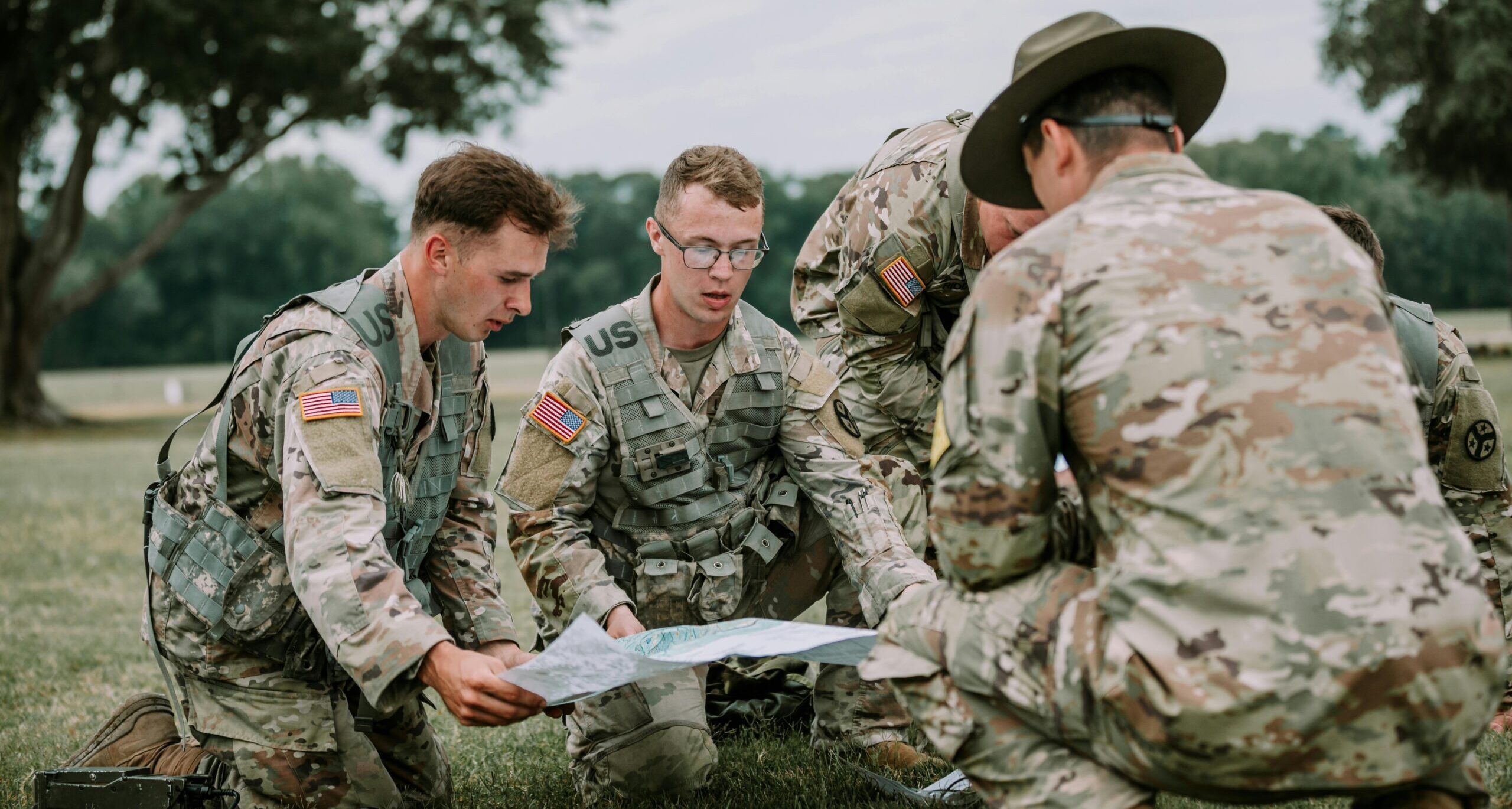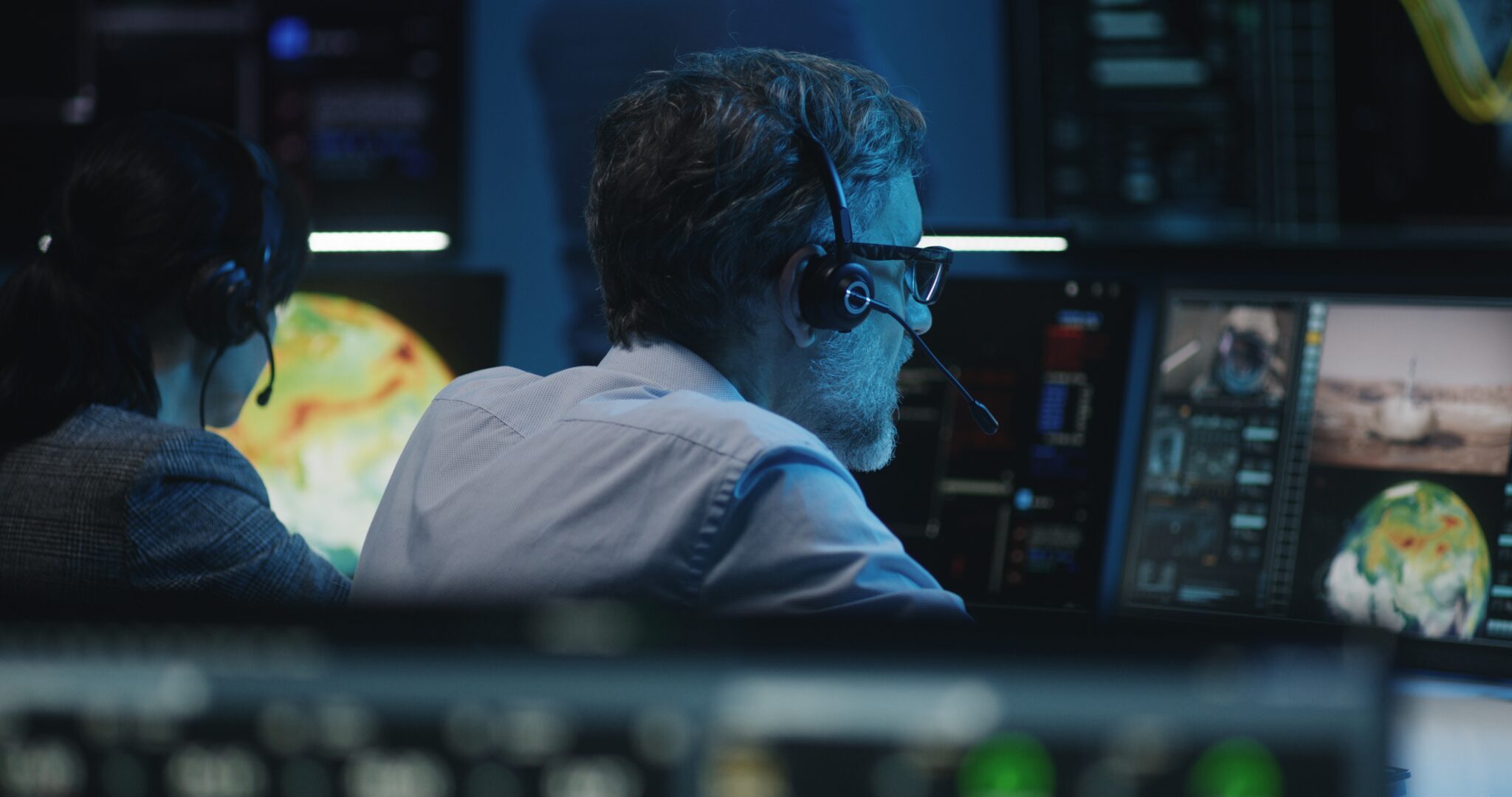
Crisis to Clarity: How Military Teams Can Master High-Pressure Decisions
In military operations, service members do not have the luxury of perfect information. When the stakes are highest and time is limited, warfighters must cut through the noise and make rapid decisions to save lives and shape the course of national security.
To respond effectively under pressure, contingency plans must prepare for these defining moments before they happen — building the processes, systems, and trust required to act with clarity when it matters most.
To help military personnel make the smartest decisions in the most chaotic scenarios, former U.S. Air Force intelligence operative AJ Nash recently continued our webinar series, Decisions at the Speed of Missions, with Nolan Schultz, a Green Beret veteran who’s now an account executive at Mattermost.
During the webinar, the two former service members talked about the impact incomplete data and information asymmetry can have on military operations — and what organizations can do to improve decision-making speed, security, and accuracy in fast-moving situations.
Making clear-headed decisions during high-pressure scenarios
The first few seconds of a crisis are make-or-break — and one wrong move can have devastating consequences. To illustrate what this looks like in real life, Schultz shared a story from his freefall training in Yuma, Arizona while enlisted where his parachute malfunctioned and he scrambled to resolve the issue.
“I fell 4,000 feet without realizing it,” Schultz explains.
As Schultz zeroed in on fixing his chute while plummeting to the ground at high speed — something he rehearsed countless times — he lost track of his altitude, not realizing he dropped 4,000 feet (roughly half the height of Mount St. Helens) below his teammates.
“It’s an example of target fixation — just being so keenly focused on something — ‘Hey, I can fix this, I’ve done it 100 times, no big deal,’” Schultz says.
When military operators lack proper context, they can become fixated on a certain target or course of action, potentially overlooking shifting threats or broad mission objectives. In high-pressure environments, this tunnel vision can lead to delays, missteps, or even friendly fire.
Luckily, Schultz fixed his parachute, avoiding injury or worse during the exercise.
Instead of being laser-focused on a single course of action during combat, Schultz explained that soldiers are trained to first gain fire superiority, then assess the situation, and only after that respond decisively. The goal is to restore control and create the conditions necessary to make clear-headed decisions under extreme pressure.
“If I’m hit with something, I need to slow things down, I need to make a decision calmly, and then I need to execute that decision violently,” Schultz says. “One of my favorite quotes from [General] Patton is, ‘A good plan violently executed now is better than a perfect plan executed next week.’”
The critical role of secure communication in high-pressure military decision-making
Staying connected during high-pressure scenarios demands disciplined execution of a solid PACE plan. As Schultz points out, having a reliable, layered communication system is essential to carrying out those plans and making sound decisions with the most accurate, up-to-date information available.
“What you don’t want to have is be in a moment of crisis and say, ‘Well it’d be great if I had this one tool,’” he says. “If your radio doesn’t work or your cell phone doesn’t work, you’re kind of dead in the water or you’re constrained by the information at your fingertips — what you can see, what you can hear.”
And that can be incredibly dangerous.
According to Schultz, communication platforms are the backbone of high-quality decision-making under pressure. The top-performing teams are master communicators; they know how to categorize, synthesize, and share intel using clear, actionable language. Most importantly, they understand the context behind the data — and they know exactly where to find it.
“A lot of that is being on the same [communication] platform,” Schultz continues. “If I’m on two different [platforms], I’m swivel-chairing, hopefully they’re both working; I may have latency on this network, I may not have latency on this [other] network, this [third] network may go down and completely throw a wrench in everything. It goes back to that PACE plan, but it also goes back to having a platform where you can consume data effectively but also that is stable and can have multi-mode functionality and can work across different networks.”
In addition to prioritizing effective communication, Schultz suggests military units use technology — and automation in particular — to mitigate human error where possible.
For example, by automating target data from an ATAK device into a communication platform like Mattermost, teams can read nine-lines in real time, copy them, share them, and invite peers to the channel so they can learn the critical context around the information. Since this process is automated via an API, with zero human intervention required, teams can be confident that the data is actionable — making it that much easier to make rapid, data-driven decisions.
“You can allow for access to information quickly, but you know the information is validated because it’s an automated process done without any input error,” he says.
Building decision advantage before the first shot is fired
Planning, prep, and dependable comms infrastructure — established well before a crisis unfolds — is what makes or breaks time-sensitive decisions.
By investing in the right tools and training, military teams can strengthen their decision-making muscle and gain an edge in even the most complex operational environments.
To learn more about how military units can make fast, data-driven decisions — even in high-stakes environments — watch the webinar.




